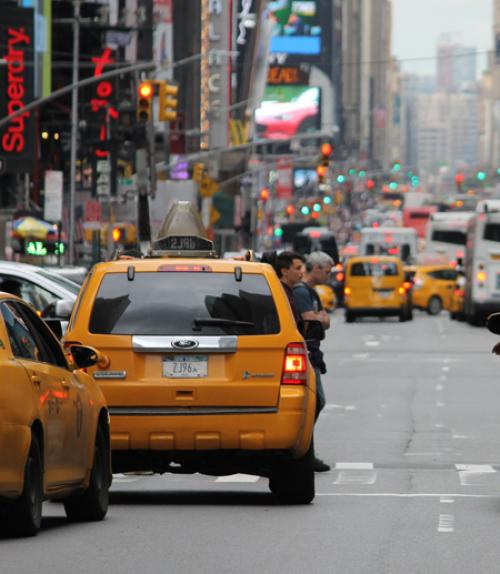
 Department Homepage
The College of Arts & Sciences
Department Homepage
The College of Arts & Sciences
How many taxis does a city need?
This story in Science Daily talks about the work of Steven Strogatz, the Jacob Gould Schurman Professor of Applied Mathematics and Stephen H. Weiss Presidential Fellow, related to a new taxi dispatching approach, which could cut the number of cars on the road while meeting rider demand.




